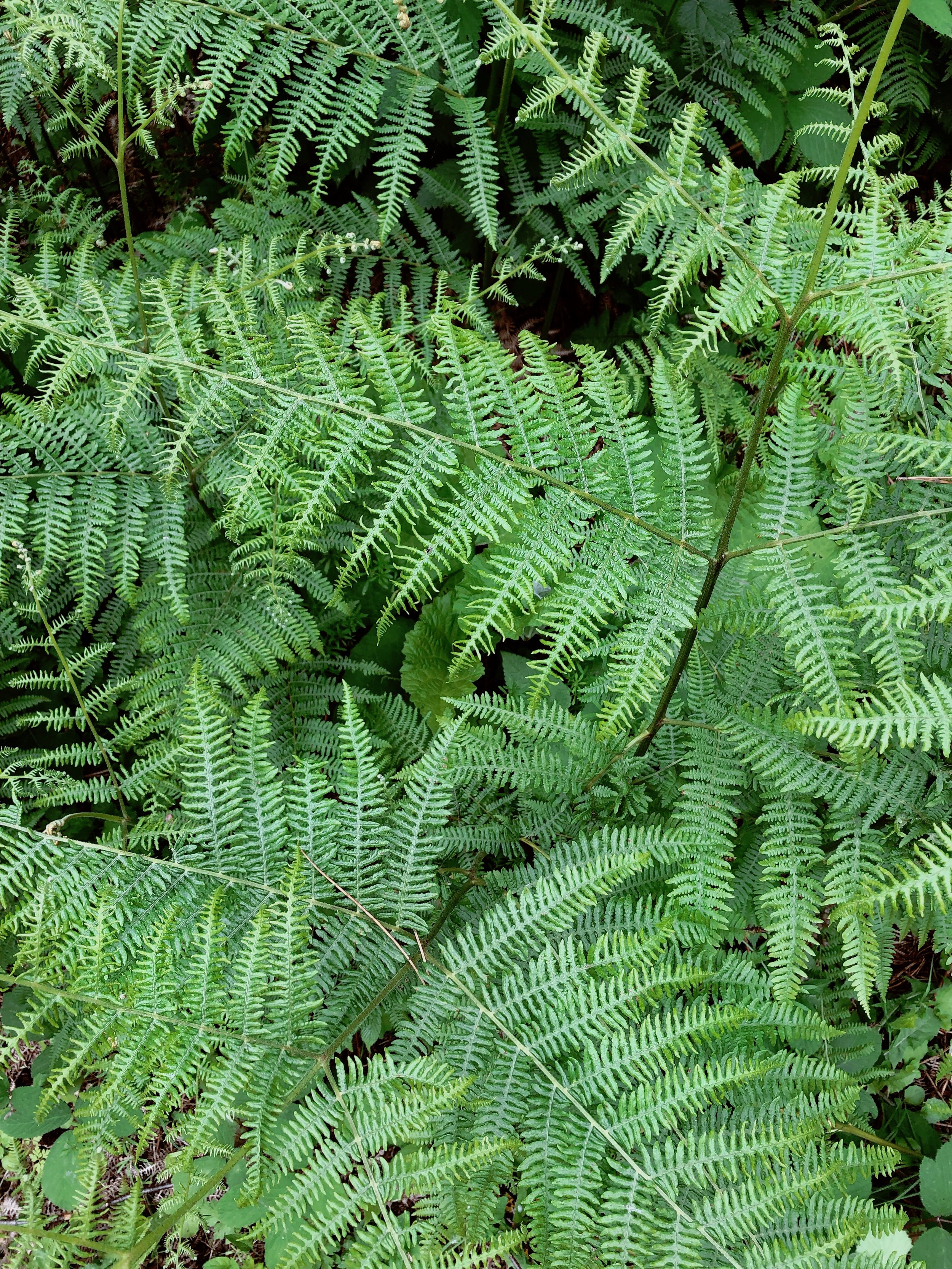A Local Saunter
A Local Saunter
When we stayed a little closer to home and why it was just as exciting…
Bilbo Baggins once said to his nephew, “It's a dangerous business, Frodo, going out your door. You step onto the road, and if you don't keep your feet, there's no knowing where you might be swept off to.” I often think of this quote when off on a walk or a weekend away. That is all we want, isn’t it? To be swept off our feet and be propelled into somewhere amazing, magical or perhaps somewhere you’d never imagine being a few hours before.
Most adventures are planned, well researched and thought-out. Many of us, myself included, study maps, guides and pick our locale with some degree of assurance. We expect to see a waterfall for example, or some highland cattle or maybe a vista with far reaching views across a valley.
The weather in the U.K. over the last few months has been rather soggy. Band after band of wet and stormy Atlantic weather has past over our island and made many people’s plans to venture outdoors go asunder. We had a window of a solitary day to go and do something. Between our day jobs and the weather we had been kept indoors for a while now so we awoke on a dry Saturday morning with plans to create some memories. With such a limited amount of time we didn’t want to be sat in a car for a few hours so we grabbed our custom made Ordnance Survey map, which my sister gave me for my birthday. It puts your house in the middle and allows you to explore your local area. Something we seldom do.
We live in the National Forest. The landscape around us has been scared by hundreds of years of coal mining. 25 years ago a passionate group of people had the amazing vision of creating a forest . Not just any forest though. The first forest of its size to be created for over 1000 years! It is created by these folk but its planted for us. It belongs to us all, so why not explore it…
I knew I wanted to walk amongst trees so we sought out forested areas on the OS Map and decided that the small South Derbyshire village of Ticknall would be a great starting point to our walk. I hoped to find some established woods with a peaceful atmosphere, not much more than that. I was in for a very pleasant surprise.
We parked up in Ticknall at the village hall. There was a healthy amount of hustle and bustle with a small summer fete in the hall. Parking was free and there was plenty of room. We had a final check of the map before setting off on our walk. We took a path north-west out of the village, past the church on our left, and around the cricket club. There was a match on and it felt so charming, so idyllic and quintessentially English. We turned north and walked through the field with waist high wheat gently swaying in the breeze. House Martins were swooping, ducking and diving into the oscillating wheat. Their blue tinged feathers glistening in the sunshine and standing out against the yellow grain. Solitary red poppies stood, almost in defiance of the stark yellow palate seemingly designated by mother nature. On the northern border of the field we joined a road which took us to the entrance of Stantons Wood. It is a 41 hectare woodland with a mixture of grass paths, bridleways and wetlands. Tall pine trees mingle with broadleaf and fruit trees, as well as established hawthorn hedges. The is a population of deer in the depths of the woods but they remained hidden during our brief walk under the green canopy.
We ventured out of the shady wood for a short while and cut across a large grassy meadow with a permissive footpath allowing us to find a entrance into Robins Wood. This large woodland consists of a number of coppices and smaller woods. There were more pine trees here, but a fair few young Oaks could be seen and also Holly, European Ash and Rowan. Their shiny young leafs giving us a splash of colour against the dark trunks of the tall pines reaching into the heavens. A mating pair of Hobby birds soared above us, calling out to each other. Their bellies probably full of their favourite snack, the aforementioned House Martin.
We made our way through the wood, following the well-trodden path through the trees and having a look on our OS map at where we had been. The trees of Gorsey Leys, Ingerholmes, Lady Acre Wood and West Wood became our guides and retinue. We felt happy to let the wood guide us, taking the path which looked the most appealing at the time. Soon we reached the Northern spur of the trees and the Derbyshire farmland opened up in front of us. A bridleway took us past fishing lakes, meadows and pools. We found a undisturbed and tranquil pond with lily pads the only break in the flatness of the water, reeds erupting from the edges and willow branches hanging into the calm, serene water. The water almost looked think, like a milk or syrup. You wondered how any life could possibly be in there but every now and again a slight ripple would occur, or a bubble amongst the lily’s, reminding you that maybe the water just isn’t welcoming or open to mankind. Perhaps the world needs a few more places like this, cut off from humans and their influences.
The bridleway took us up to Seven Spouts Farm, a glorious A-Frame building overlooking rolling pastures with horses galloping in the sunshine visible through the gaps in ancient trees. This part of the walk we were so upbeat and chirpy that we had found such a place, so close to our home. We once again looked at the OS Map and found a simple route back to the village and our car. The route appeared to take us through farmland, past Hangman’s Stone, before joining up with the National Forest Way which led into Ticknall. This walk had a couple of surprises in store for us yet.
The Hangman’s Stone is one of 25 similar stones across the country all with the same or a similar legend attached to it. It is the story of a sheep-stealer whose booty was tied around his neck The sheep struggled to free itself and strangled the rustler who’s final resting place was against the stone.
The farm land was a mixture of rare-breed livestock, paddocked horses and meadows. The cows were friendly and even appeared to pose for a few photos, until they realised we were not the farmer and we did not have any hay for them. The horses were more happy to see us. We fed them luscious grass and patted them. They ran alongside us and appeared playful and very happy. It was lovely to see such animals up close in a clean and well-stocked field.
Our day was about the get a lot more colourful. On entering a large meadow we were greeted with a wall of bright red poppies. The corner of the field had become a sea of saturated flora. Bees buzzed around us, the House Martins were back proving the Hobby’s stomach was not over-full! I had never seen such a abundance of wild flowers before. It was staggering. We wandered through the flowers careful not to break any or disturb them. Paths had been carved through the tall stems by the local fauna which we utilised for our exploration.
We left the flowers and headed towards the National Forest Way. Our final surprise was awaiting us. Large black storm clouds decided to open and we got soaked! The walk became less of a saunter and more of a march as we hurried back towards to car and our dry footwear awaiting us there. The cricketers were sheltering with tea and cake in the pavilion and the pitch was covered. Village life had been put on hold. The natural life we had just been apart of was still full engaged.
This walk was not long, wasn’t part of some great national park and there wasn’t a great peak to conquer. It was a local jaunt which made me realise what is on our doorstep. We can’t wait to explore more!
Let me know if you explore a new location within 10 miles of your home. Use the hashtag #10milesfrommyhouse and #beardedoutdoors and I’ll share by favourites.









